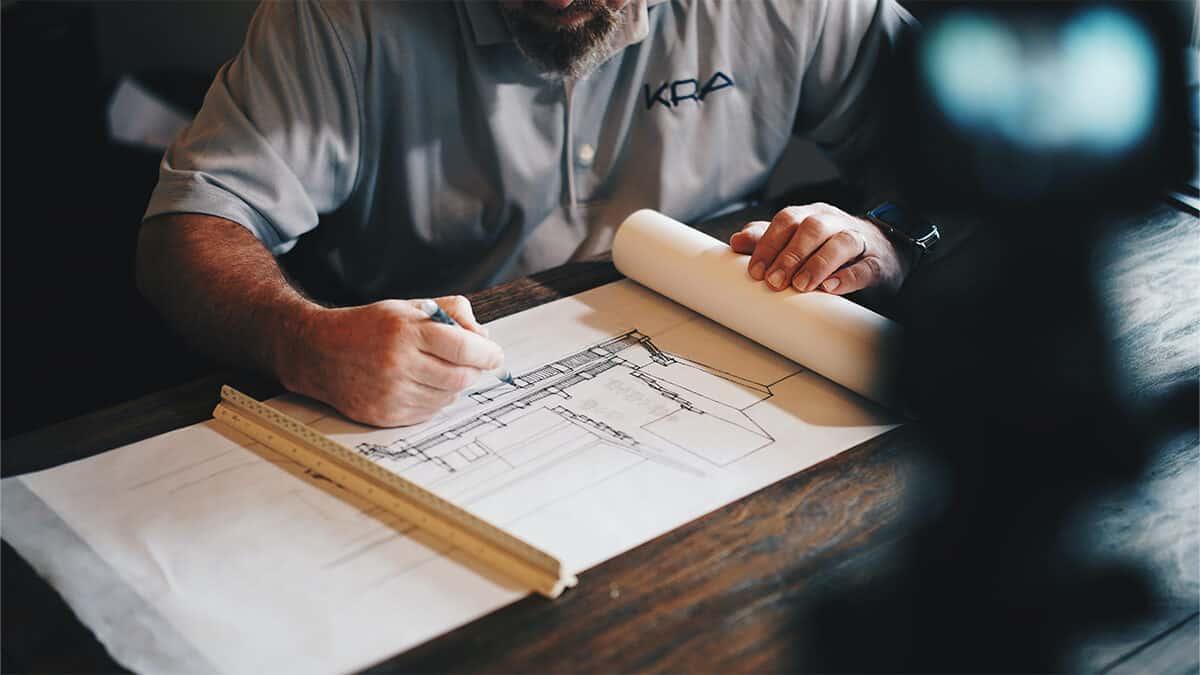Boats have been around for thousands of years and in this new series – Sean’s Ultimate Ship, we’re going to be looking at some of the most amazing ones!
Some designs of a ship exist in vessels of all size and purpose. Every ship has a hull of sorts. Every ship has some sort of propulsion, whether it’s a pole, an ox or nuclear reactor. Most ships have some sort of steering system. There are also some other common characteristics, but may not appear on every ship – such as compartments, holds and equipment such as anchors and winches.
The Hull
- A ship’s hull has to be tough to endure harsh conditions at sea
- For a ship to float, it must weigh less than the water that it displaces
- There are many types of hulls – from logs lashed together to form a raft to the advanced hulls of the top sail boats. A vessel may have a single hull – a monohull, two – a catamaran, or even three -trimarans. Multiple hulls are generally parallel to each other and connected by rigid arms. Ships with more than three hulls are rare… but some do exist!
- Hulls have several elements. The bow is the foremost part of the hull. Many ships feature a bulbous bow. The keel is at the very bottom of the hull, extending the entire length of the ship. The rear part of the hull is known as the stern, and many hulls have a flat back known as a transom.
- Things you will find attached to the hull include propellers for propulsion, rudders for steering, and stabilisers to quell a ship’s rolling motion.
- Older ships and pleasure craft often have wooden hulls. Steel is used for most commercial vessels. Aluminium is frequently used for fast vessels, and composite materials are often found in sailboats and pleasure craft. Some ships have been made with concrete hulls.
Propulsion
- Propulsion systems fall into 3 categories: human, sail and mechanical
- Human propulsion includes rowing using oars or paddles. As well as the row boat, this used to power large galleys
- Sail propulsion consists of a sail hoisted on an erect mast, supported by stays and spars and controlled by ropes. Sail was dominant until the 19th century, and are now generally used for recreation and competition. However, there are experiments in sail systems such as turbosails, rotorsails and wingsails, which could help save fuels on larger modern vessels
- Mechanical propulsion generally consists of a engine turning a propeller. Steam engines were first used for this purpose, but have mostly been replaced by diesel engines, outboard motors and gas turbine engines on faster ships. Nuclear reactors producing steam are used to propel warships and icebreakers
- Most vessels have a single propeller, but some large vessels may have up to four propellers supplemented with transverse thrusters for manoeuvring in ports. The propeller is connected to the main engine via a propeller shaft and, in case of medium- and high-speed engines, a reduction gearbox
Steering
- Ships with human propulsion don’t need any steering system
- On powered ships, steering is usually done with a rudder, a submerged plane located at the rear of the hull. Rudders are rotated to generate a lateral force which turns the boat. Rudders can be rotated by a tiller, manual wheels, or electro-hydraulic systems.
- Some propulsion systems are also steering systems, such as the outboard motor
Keels
- A keel is a beam around which the hull of a ship is built. The keel runs in the middle of the ship, from the bow to the stern, and serves as the spine of the structure, providing the major source of structural strength of the hull.
- The keel is generally the first part of a ship’s hull to be constructed, and ‘laying the keel’ is often a momentous event in a ship’s construction — so much so that the event is often marked with a ceremony
- Modern ships are now largely built in a series of pre-fabricated, complete hull sections rather than being built around a single keel, so the start of the shipbuilding process is now considered to be when the first sheet of steel is cut.
- The keel contributes substantially to the longitudinal strength and effectively local loading caused when docking the ship
- The most common type of keel is the ‘flat plate keel’ which is found on most ocean-going ships
- A form of keel found on smaller vessels is the ‘bar keel’. You’ll find these on trawlers, tugs and smaller ferries.
> Visit Sean’s Ultimate Ship’s homepage
> Download the free podcast from iTunes
Sean’s Ships
How do ships work and why are there so many routes? Sean's exploring the history and science behind ships and international trade!
More From Sean’s Ships




